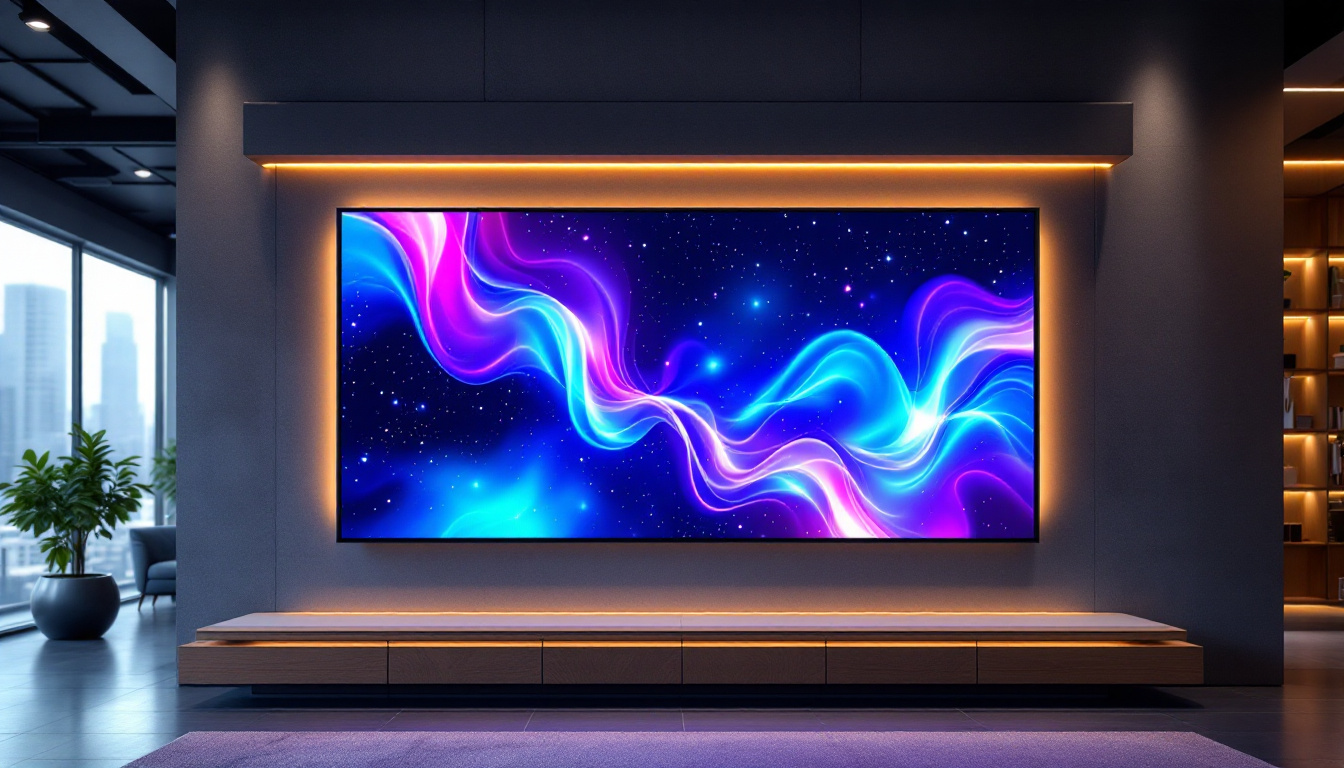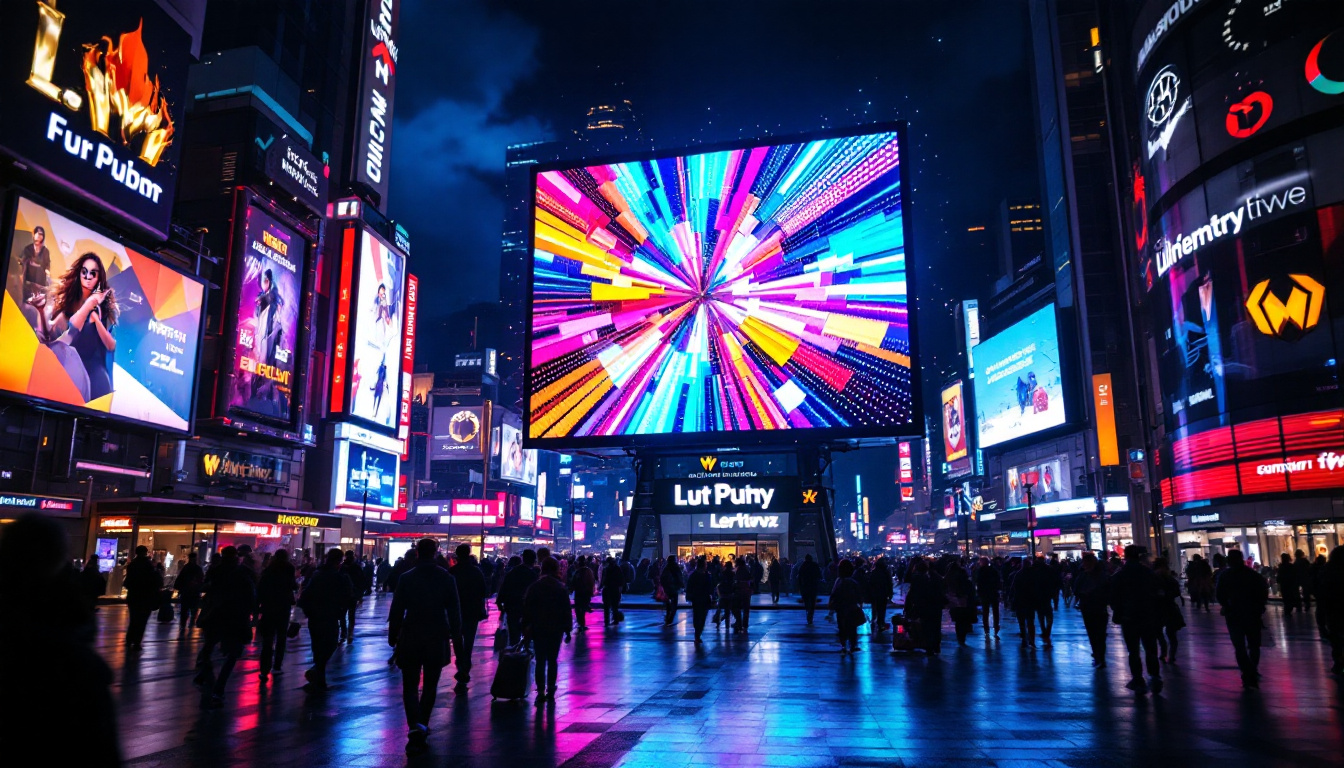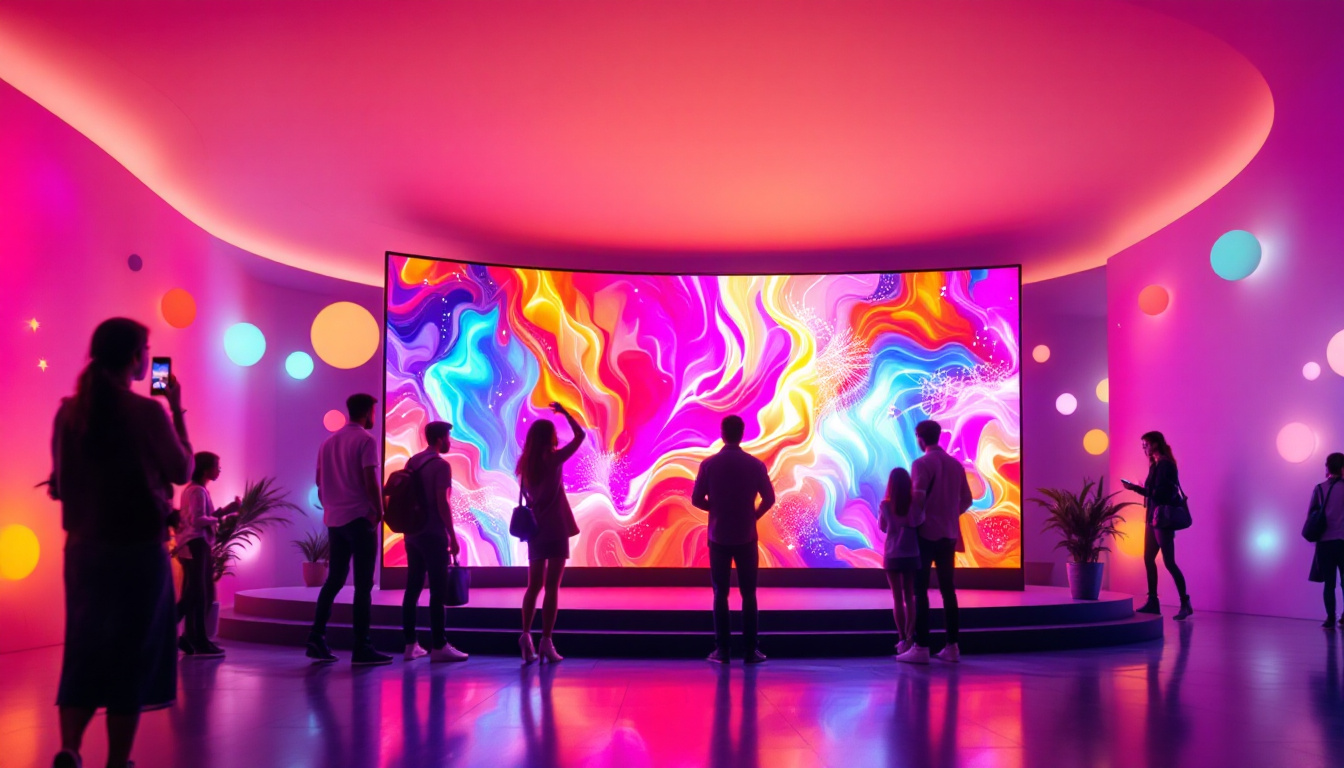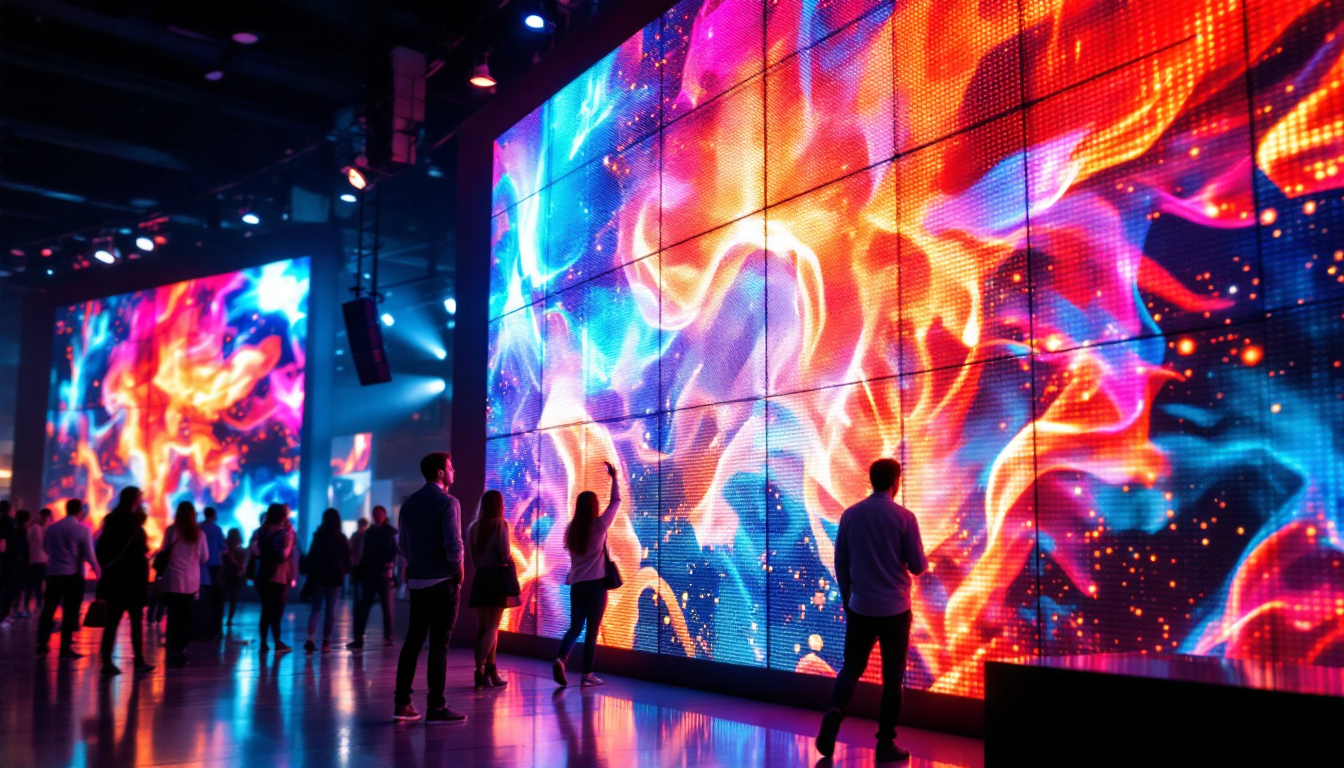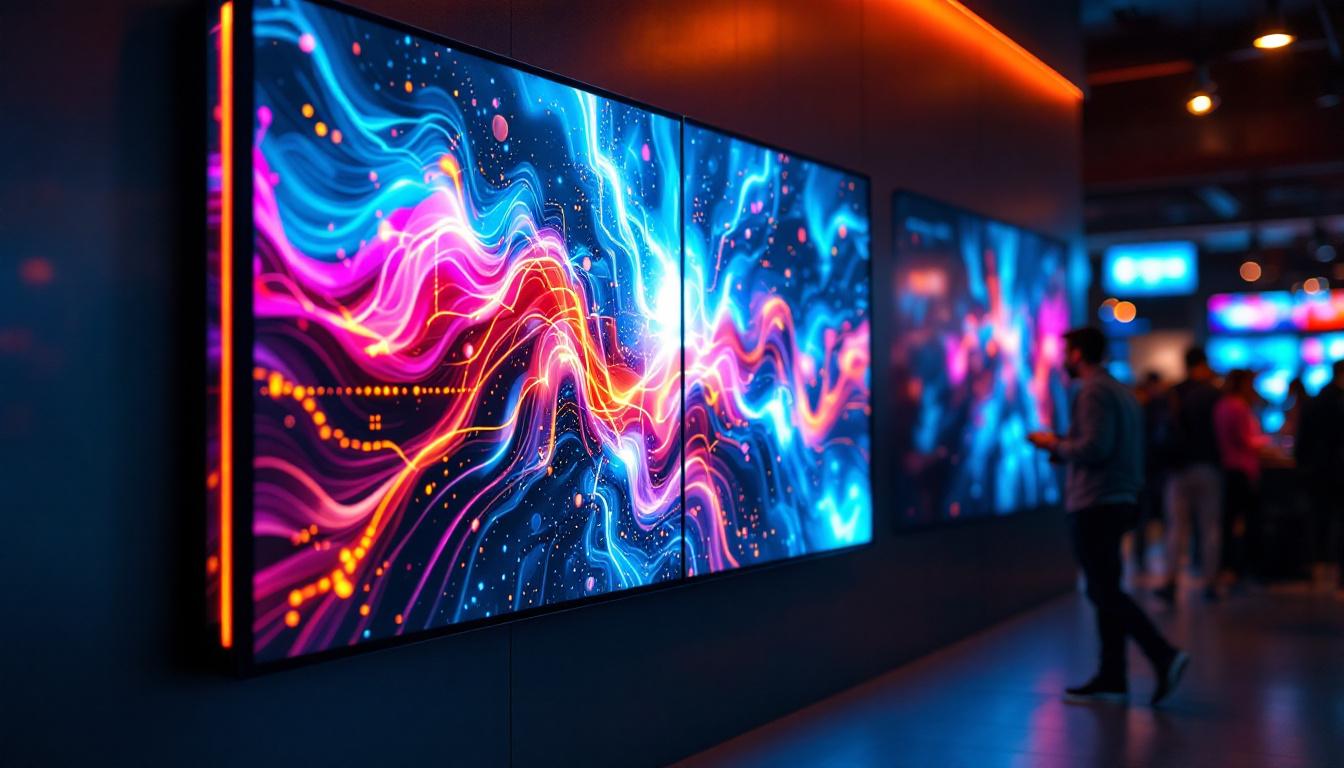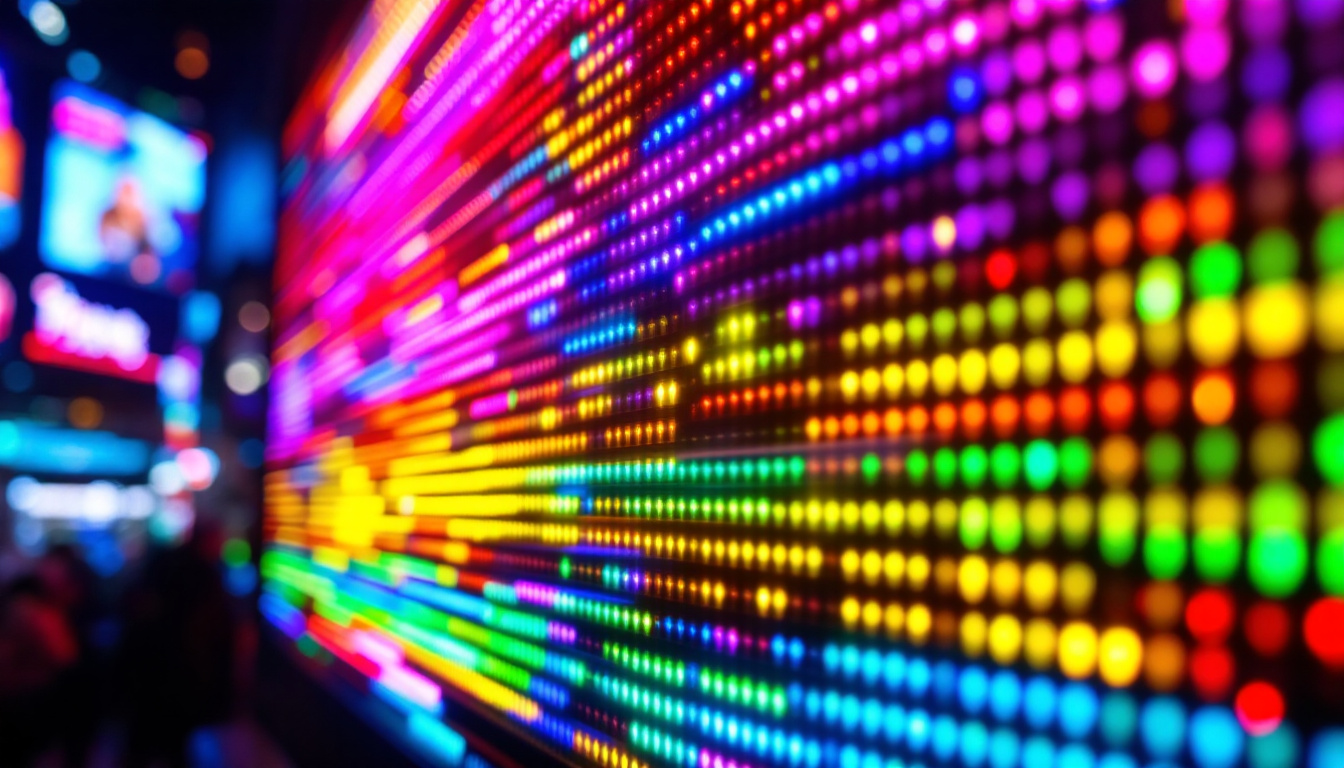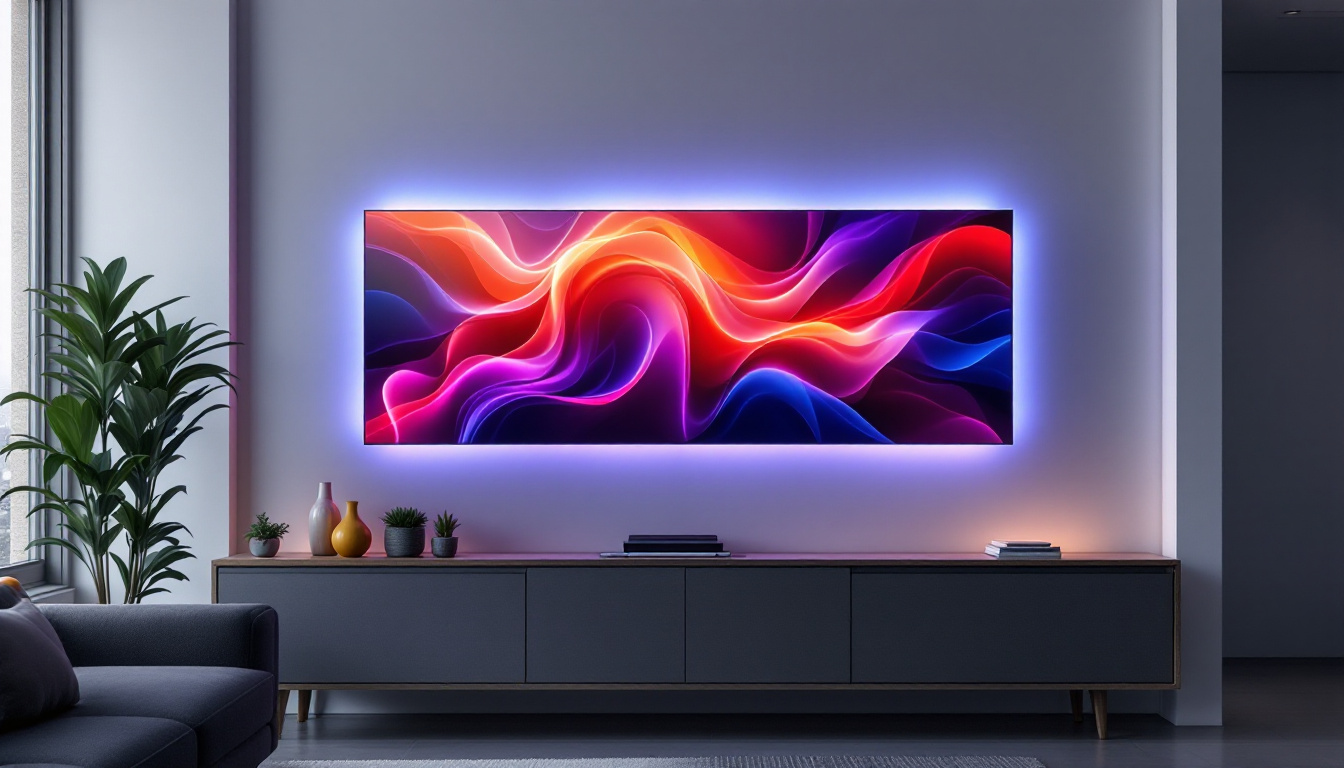In the world of modern technology, LED displays have become a ubiquitous part of our daily lives. From smartphones to large billboards, the versatility and efficiency of LED technology have transformed how information is presented. Among the various types of LED displays, Surface-Mounted Device (SMD) technology stands out for its unique advantages. This article will delve into the definition of SMD, how it works, its benefits, and its applications in various fields.
Understanding SMD Technology
Surface-Mounted Device (SMD) technology refers to a method of mounting electronic components directly onto the surface of printed circuit boards (PCBs). This technique has revolutionized the design and manufacturing of electronic devices, particularly in the realm of LED displays. Unlike traditional LED displays, which often use through-hole components, SMD technology allows for a more compact and efficient design.
How SMD Works
SMD components are designed to be soldered onto the surface of a PCB, which eliminates the need for holes to be drilled through the board. This process not only saves space but also enhances the overall performance of the device. The smaller size of SMD components allows for a higher density of components on a single board, leading to more complex and capable devices.
In the context of LED displays, SMD technology uses tiny LED chips that are mounted on a substrate. These chips are often arranged in a matrix format, allowing for the creation of vibrant images and videos. The arrangement of the LEDs can be customized to suit various display sizes and resolutions, making SMD displays highly versatile.
Key Characteristics of SMD Displays
SMD displays are characterized by several key features that set them apart from other types of LED displays. One of the most notable characteristics is their ability to produce high-quality images with excellent color accuracy. This is achieved through the use of red, green, and blue (RGB) LEDs, which can be combined in various ways to create a wide spectrum of colors.
Another important characteristic of SMD displays is their viewing angle. SMD technology allows for a wider viewing angle compared to traditional LED displays, making them ideal for applications where viewers may be positioned at various angles. This feature is particularly beneficial for outdoor displays, where sunlight and other environmental factors can affect visibility.
Benefits of SMD LED Displays
The adoption of SMD technology in LED displays offers numerous advantages, making it a preferred choice for many applications. Understanding these benefits can help in making informed decisions when selecting display technology for specific needs.
Compact Design
One of the primary benefits of SMD displays is their compact design. The smaller size of SMD components allows for thinner displays, which can be crucial in applications where space is limited. This compactness also enables manufacturers to create lightweight displays that are easier to transport and install.
Additionally, the ability to pack more components into a smaller area means that SMD displays can achieve higher resolutions without increasing the physical size of the display. This feature is particularly important in environments where high-definition visuals are essential, such as in advertising and broadcasting.
Energy Efficiency
Energy efficiency is another significant advantage of SMD LED displays. SMD technology typically consumes less power compared to traditional LED displays, which can lead to lower operating costs over time. This energy efficiency is particularly beneficial for large installations, such as outdoor billboards, where power consumption can be substantial.
Moreover, the reduced heat generation of SMD displays contributes to their longevity. Lower heat levels mean that the components are less likely to degrade over time, resulting in a longer lifespan for the display. This durability can translate into significant cost savings for businesses that rely on LED displays for advertising or information dissemination.
Versatility and Customization
SMD displays are highly versatile and can be customized to suit a wide range of applications. Whether it’s a large outdoor billboard, a small indoor display, or a video wall, SMD technology can be adapted to meet specific requirements. This flexibility makes SMD displays suitable for various industries, including retail, entertainment, transportation, and more.
Furthermore, the modular nature of SMD displays allows for easy upgrades and repairs. If a section of the display malfunctions, it can often be replaced without needing to replace the entire unit. This modularity not only saves time but also reduces maintenance costs.
Applications of SMD LED Displays
The applications of SMD LED displays are vast and varied, reflecting their adaptability and performance. From advertising to information dissemination, SMD technology plays a crucial role in numerous sectors.
Advertising and Marketing
SMD LED displays have become a staple in advertising and marketing, particularly in outdoor environments. Their bright and vibrant colors capture the attention of passersby, making them an effective tool for businesses looking to promote their products or services. digital billboards, for example, can display dynamic content that can be changed in real-time, allowing for targeted advertising campaigns.
In addition to outdoor advertising, SMD displays are also used in retail environments. Stores often utilize SMD screens to showcase promotions, new arrivals, and other engaging content that can enhance the shopping experience. The ability to update content quickly and easily makes SMD displays a valuable asset for retailers.
Entertainment and Events
In the entertainment industry, SMD LED displays are widely used for concerts, festivals, and sporting events. Large video walls made from SMD technology can provide stunning visuals that enhance the audience’s experience. These displays can be configured to show live feeds, pre-recorded videos, or interactive content, making them a versatile tool for event organizers.
Moreover, SMD displays are often used in theaters and cinemas to create immersive environments. The ability to produce high-quality images with deep colors and high contrast ratios makes SMD technology ideal for cinematic experiences.
Transportation and Information Systems
SMD LED displays are also prevalent in transportation systems, providing real-time information to passengers. Train stations, airports, and bus terminals utilize SMD displays to convey schedules, delays, and other important announcements. The clarity and visibility of SMD displays ensure that information is easily accessible to travelers, enhancing their overall experience.
Additionally, SMD technology is employed in traffic management systems, where dynamic displays can communicate traffic conditions, alerts, and other vital information to drivers. This application not only improves safety but also contributes to more efficient traffic flow.
Challenges and Considerations
While SMD LED displays offer numerous benefits, there are also challenges and considerations to keep in mind when selecting this technology for specific applications.
Cost Factors
The initial investment for SMD displays can be higher than traditional LED displays. This is primarily due to the advanced technology and components involved in SMD manufacturing. Businesses must evaluate their budgets and consider the long-term benefits of energy savings and durability when making a decision.
However, it is essential to recognize that the total cost of ownership can be lower over time due to reduced maintenance and energy costs. Conducting a thorough cost-benefit analysis can help organizations determine the best approach for their needs.
Environmental Considerations
As with any electronic device, environmental considerations are important when it comes to SMD LED displays. The manufacturing process and disposal of electronic components can have an impact on the environment. Organizations should seek out manufacturers that prioritize sustainable practices and consider the lifecycle of the product.
Moreover, as technology continues to evolve, there is a growing emphasis on recycling and repurposing electronic components. This trend is expected to shape the future of SMD displays and contribute to more sustainable practices within the industry.
The Future of SMD LED Displays
The future of SMD LED displays looks promising, with ongoing advancements in technology and design. As the demand for high-quality visuals continues to grow, manufacturers are exploring new ways to enhance the performance and capabilities of SMD displays.
Innovations in Technology
One of the most exciting areas of innovation is the development of microLED technology, which promises even higher resolutions and improved efficiency. MicroLED displays utilize tiny individual LEDs that can be controlled independently, allowing for greater flexibility in design and functionality. This technology has the potential to revolutionize the display industry, providing even more options for consumers and businesses alike.
Additionally, advancements in software and content management systems are making it easier for businesses to create and manage dynamic content for their SMD displays. This evolution will enhance the effectiveness of advertising and information dissemination, allowing for more engaging and interactive experiences.
Integration with Smart Technologies
As smart technologies continue to permeate various aspects of life, SMD LED displays are expected to integrate seamlessly with these advancements. The incorporation of IoT (Internet of Things) capabilities will enable displays to communicate with other devices, gather data, and adapt content based on real-time information. This integration will further enhance the utility and effectiveness of SMD displays across different applications.
Conclusion
Surface-Mounted Device (SMD) technology has fundamentally transformed the landscape of LED displays, offering numerous advantages in terms of design, efficiency, and versatility. As businesses and organizations increasingly rely on visual communication, SMD displays have emerged as a key player in delivering high-quality content across various sectors.
While challenges such as cost and environmental considerations exist, the benefits of SMD technology often outweigh these concerns. With ongoing innovations and advancements, the future of SMD LED displays is bright, promising even more exciting possibilities for businesses and consumers alike.
In summary, understanding the definition and capabilities of SMD technology is essential for anyone looking to leverage LED displays effectively. Whether for advertising, entertainment, or information dissemination, SMD displays represent a powerful tool in the modern digital landscape.
Discover LumenMatrix’s Innovative LED Solutions
Ready to elevate your visual communication with the latest in LED display technology? Look no further than LumenMatrix, a pioneer in crafting immersive and dynamic visual experiences. From engaging Indoor and Outdoor LED Wall Displays to versatile Vehicle and Sports LED Displays, LumenMatrix offers a comprehensive range of solutions tailored to your unique needs. Embrace the future of digital signage with our Custom, All-in-One, and Transparent LED Displays, designed to captivate your audience and amplify your message. Check out LumenMatrix LED Display Solutions today and transform your space into a visual spectacle.


